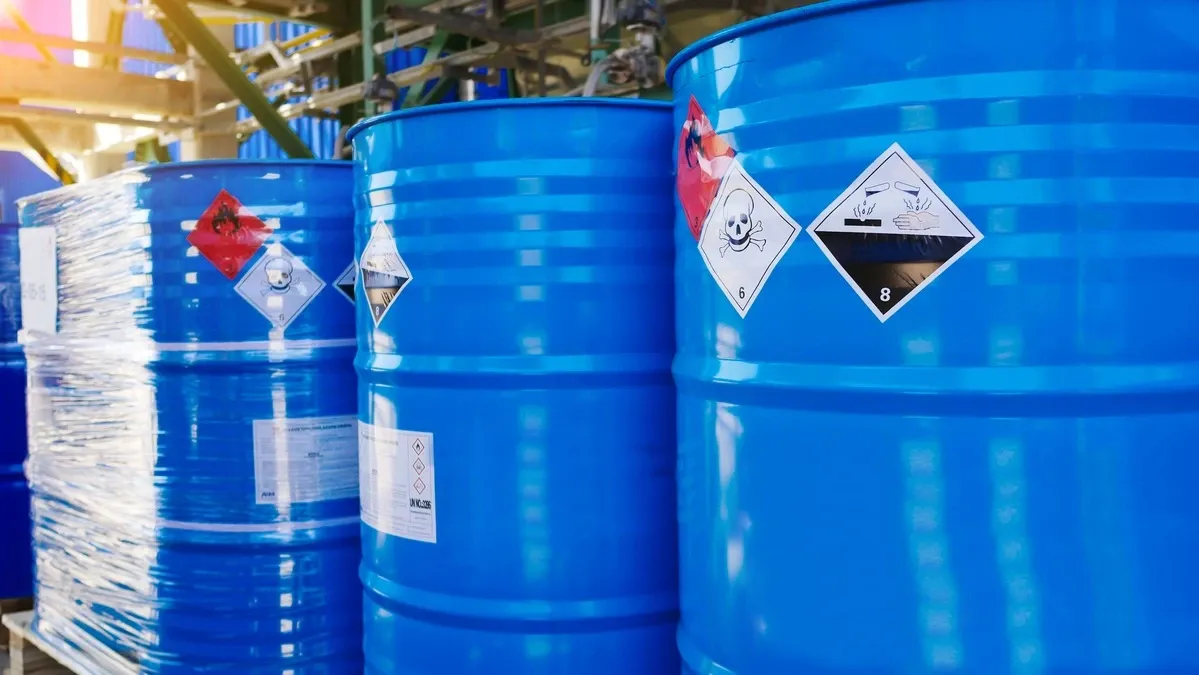The International Maritime Organization has issued the circular revising the Guidance on drafting of amendments to the 1974 SOLAS Convention and related mandatory instruments.
This circular has been published on November 30th, 2022.
The Maritime Safety Committee (the Committee), at its ninety-fourth session (17 to 21 November 2014), having considered a number of issues related to the drafting of amendments to the International Convention for the Safety of Life at Sea, 1974 (the Convention) and related mandatory instruments, from the initial proposal and preparation process to the approval and adoption stages and entry into force of amendments, approved the Guidance on drafting of amendments to the 1974 SOLAS Convention and related mandatory instruments (MSC.1/Circ.1500) (hereinafter referred to as the Guidance), which was subsequently revised by the Committee, at its ninety-ninth session (16 to 25 May 2018).
The Committee, at its 106th session (2 to 11 November 2022), having considered the need for clarifying the terms used in the application requirements of resolutions adopting new, or amending existing, mandatory instruments, in particular when an installation date is determined, approved the revised Guidance, as set out in the annex.
Without prejudicing the amendments procedure specified in article VIII of the Convention and the provisions set out in the Organization and method of work of the Maritime Safety Committee and the Marine Environment Protection Committee and their subsidiary bodies (MSC-MEPC.1/Circ.5/Rev.3) (hereinafter referred to as the Committees' method of work), the information contained in the annex provides relevant guidance for the drafting of amendments to the Convention and related mandatory instruments, including procedural aspects related to the approval and adoption of amendments.
Contracting Governments to the Convention are invited to take into account the provisions of the present Guidance when submitting proposals for amendments in accordance with article VIII(b)(i) of the Convention and/or proposals for new outputs in accordance with section 4 of the Committees' method of work.
The Committee and its subsidiary bodies, including working, drafting and intersessional groups, should apply the present Guidance during the preparation of draft amendments to the Convention and related mandatory instruments, as well as during the approval and adoption stages.
1 INTRODUCTION
1.1 This note provides guidance for the drafting of amendments to the International Convention for the Safety of Life at Sea, 1974 (the Convention), and related mandatory instruments (hereinafter referred to as the Guidance). It also contains procedural aspects related to the approval and adoption of related amendments.
1.2 This Guidance does not fully apply to amendments to an article of the Convention or to chapter I of the annex to the Convention, where an explicit amendment procedure is required.
1.3 This Guidance should always be read with reference to the provisions of article VIII for amending the Convention and in conjunction with the Organization and method of work of the Maritime Safety Committee and the Marine Environment Protection Committee and their subsidiary bodies (MSC-MEPC.1/Circ.5/Rev.3) and the Guidance on entry into force of amendments to the 1974 SOLAS Convention and related mandatory instruments (MSC.1/Circ.1481).
1.4 The process described in this Guidance summarizes the most common actions for the consideration and development of amendments to the Convention and related mandatory instruments. Although the approval of draft amendments is not a mandatory requirement under the amendments procedure specified in article VIII of the Convention, it has become the practice of the Committee to submit draft amendments for approval prior to their adoption.
2 GOALS
2.1 The Guidance is meant to ensure that submission and development of new or amended regulations are carried out in an appropriately comprehensive and detailed manner and, in particular, that:
.1 the application of regulations is sufficiently clear and without the need for additional interpretation;
.2 the nomenclature related to the application and the structure of chapters are harmonized through the entire Convention;
.3 the implementation of either amendments or new provisions is improved and facilitated through a specified interval between entry into force of successive sets of amendments; and
.4 Contracting Governments to the Convention, the Maritime Safety Committee (the Committee) and its subsidiary bodies, including working and drafting groups, as well as other interested parties, are provided with appropriate guidance on drafting of amendments to the Convention and its related mandatory instruments.
2.2 In order to achieve the above goals, the Guidance is based on the following two main principles:
.1 a systematic control process throughout the different stages of the amendments' development; and
.2 relevant guidance for drafting amendments
3 PROCEDURAL ASPECTS RELATED TO THE DRAFTING OF AMENDMENTS
3.1 Timing of entry into force of amendments
3.1.1 The Committee, at its ninety-third session, approved the Guidance on entry into force of amendments to the 1974 SOLAS Convention and related mandatory instruments (MSC.1/Circ.1481), which reinstated the four-year cycle of entry into force of amendments to the Convention and related mandatory instruments. In this respect, due attention should be paid to the timeline agreed for the entry into force of amendments when developing amendments to the Convention and related mandatory instruments.
3.1.2 Notwithstanding paragraph 3.1.1 above, the Guidance should not apply, in its entirety, to the 2011 ESP, IMDG and IMSBC Codes which are updated continuously (i.e. annually and biennially), and chapter 17 of the IBC Code and chapter 19 of the IGC Code should not be subject to the Guidance.
RELEVANT DOCUMENT (AVAILABLE ONLY TO SUBSCRIBERS):










Related News
IMO revises guidelines for high manganese steel in cryogenics
Jul 26, 2024
IMO's 2020 report on marine waste dumping permits under the London Convention and Protocol
Jul 25, 2024
IMO: Revised emergency response procedures for dangerous goods - updated EmS Guide
Jul 24, 2024